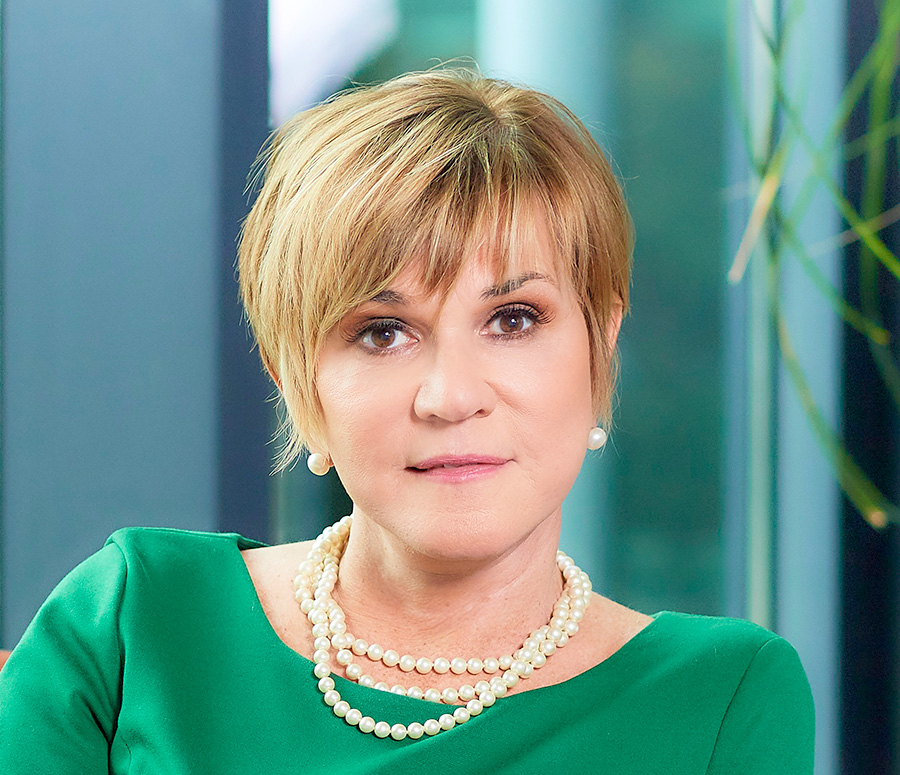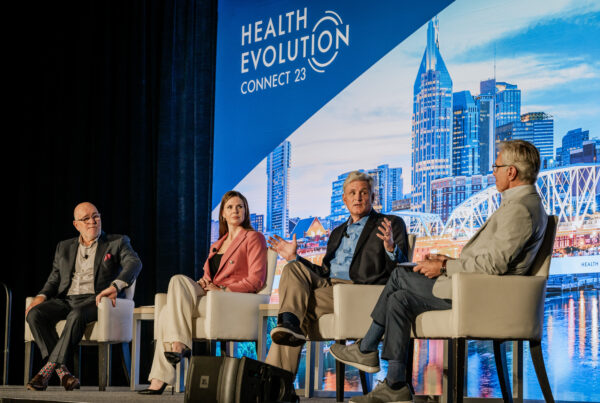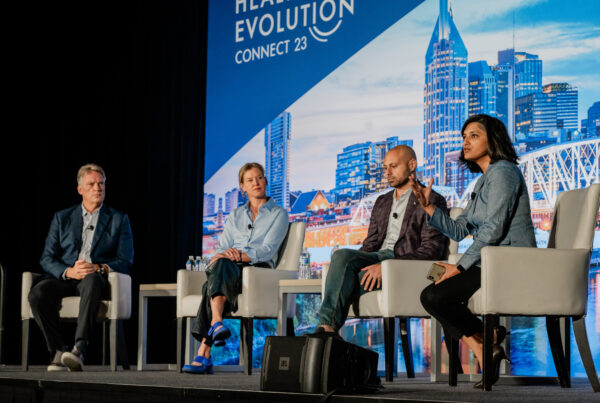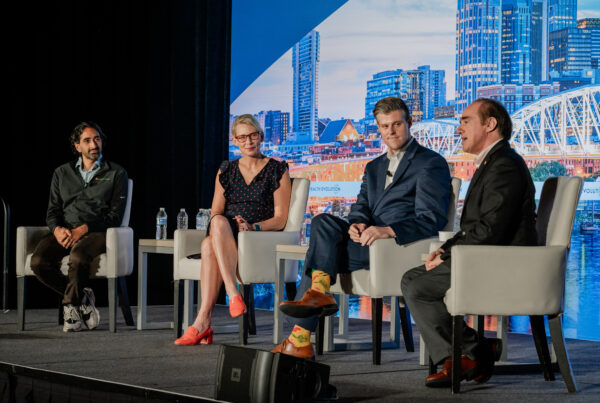Few provider organizations have the innovation chops of Geisinger Health System.
The health system created a revolutionary value-based care model led by former CEOs Glen Steele, MD and David Feinberg, MD. It has led the way on adopting health technology, including artificial intelligence and deep learning through its Steele Institute for Health Innovation. And the Danville, Pennsylvania-based health system has been recognized by its peers as one of the most innovative organizations in the industry.
Karen Murphy, Executive Vice President and Chief Innovation Officer at Geisinger and Founding Director of the Steele Institute for Health Innovation, says that the mindset at the health system is that innovation is a “fundamentally different approach to solving a problem that has quantifiable outcomes.” Thus, while some health care innovators may scoff at the idea of measuring innovation, Geisinger builds it into a strategy from the design phase on.
“Historically, we develop health innovation without thinking about the metrics up front, but you get to a point where you’ve designed the innovation in a way that allows you to truly measure it. We think it’s incredibly important to make sure what we want to measure is identified and also that we have a data/analytics strategy to inform that measurement,” says Murphy.
Other organizations have a different philosophy, but equally impressive results. CHOC Children’s Orange County, for its part, has created a culture of innovation, specifically through its Medical Intelligence and Innovation Institute (MI3) and other endeavors, according to Anthony Chang, MD, Chief Intelligence and Innovation Officer.
This is part two of a two-part series on how leading organizations measure innovation, ensure that it’s part of the culture, and share what they’ve put on their innovation competency checklist. Here is part one of the series.
Part two features thoughts from Murphy and Chang.
What are some qualitative or quantitative metrics you use to measure innovation?
Murphy: Our “Fresh Food Farmacy,” where we use fresh food as medicine for Type 2 diabetics and it’s actually prescribed, our measurement of that program includes clinical and non-clinical metrics. Are we decreasing hemoglobin A1Cs? Are we seeing increases in preventive health measures? Are we decreasing total cost of care? Are we increasing access and utilization of primary care services? Those are a few population health metrics we look at. For our digital strategy, every single one, all have quantifiable metrics. For example, virtual triage. How many patients are we engaging in virtual triage? Are we enhancing the ability to access the appropriate care at the appropriate time? Are people who need to see an in-person doctor going in person and are people who can do it via telehealth doing it virtually? We utilize metrics in every digital strategy we’re developing.
Chang: I think of impact locally, nationally, and internationally in terms of relationships with projects. When you talk about innovation, it’s not a simple metric like quality improvement. You have to play the infinite game. You have to be in there for the long-term making impact. People who try to measure it probably don’t understand innovation. It’s a cultural change. It’s difficult to measure because it’s complex. It’s not like, ‘X numbers of dollars saved from X number of projects.’ It’s not quality improvement.
What are the biggest challenges you have in measuring innovation?
Murphy: The biggest challenge is isolating the intervention and directly correlating the outcome to the intervention. In an organization such as Geisinger we have so many interventions. For example. decreasing ED utilization. We probably have 100 workstreams, not necessarily innovations, that are trying to influence appropriate emergency room utilization. To tie that back to one intervention is very difficult. We’re always mindful of looking at direct correlation and developing innovation that can be measured. We’re trying to design it in a way that we can isolate the innovation. That’s not always easy to do.
Chang: You have to be open minded. It’s something you feel rather than something you objectively measure. It’s not an engineering or a mathematical thing you measure. You have a cultural change, within your organization, as well as nationally or internationally. It’s the focus on bringing in new ideas. And you can’t even measure the number of new ideas. One new idea could outweigh 100 bad ones. How do you measure that? It’s not easy.
How do you ensure innovation is part of the culture?
Murphy: The leaders of Geisinger historically have inculcated innovation and have it listed as a value of the organization. The activity for innovation at Geisinger is really insatiable across the enterprise. I am fortunate to work in an organization that embraces innovation and we’ve seen that with the three most recent CEOs (current CEO Jaewon Ryu, MD, Feinberg and Steele). They’ve inculcated innovation as a cultural guide.
Chang: Innovation has to come from the top. Strategy is not innovation. Innovation is not strategy. There might be some overlap. Innovation should be embedded in everyone. Strategy is a certain direction you want to go. It’s not just about saving money. In the middle of the pandemic, we need a lot of innovation and different ways of doing things. It’s multi-directional and certain opportunities arise, like the pandemic, that force you to be innovative.
If you were to create a checklist on competencies for innovation readiness—what’s on it?
Murphy: It’s having a dedicated mindset that fundamentally different is the way we’re trying to approach problems. The ability for those to think in a different way and not trying to solve problems using the same approaches. That would be at the top of the checklist. It’s the ability to take risk is also at the top of the checklist. I think the ability to embrace – maybe not the perfect solution – but the ability to embrace one that solves the problem. It may not be perfect, but it can solve the problem. All of those are on the checklist.
Dr. Ryu asked me if I would lead a group on how we could come out of the COVID pandemic crisis. What should we stop doing? What do we start doing? What do we continue? That was tremendously valuable because we really busted the myth that a hugely complex machine, a clinical enterprise, is very difficult to change and innovate. We proved during COVID that is not true. We have the ability to stop. We have the ability to reimagine. That’s a huge silver lining to come out of this.
Chang: We have a guide that we use on innovation in the institution. It has a scoring metric. Some of the things on there include it’s nice to have an innovation champion and you should try to hold regular meetings on innovation. It’s just a start and certainly not something people need to abide by once they get going.










